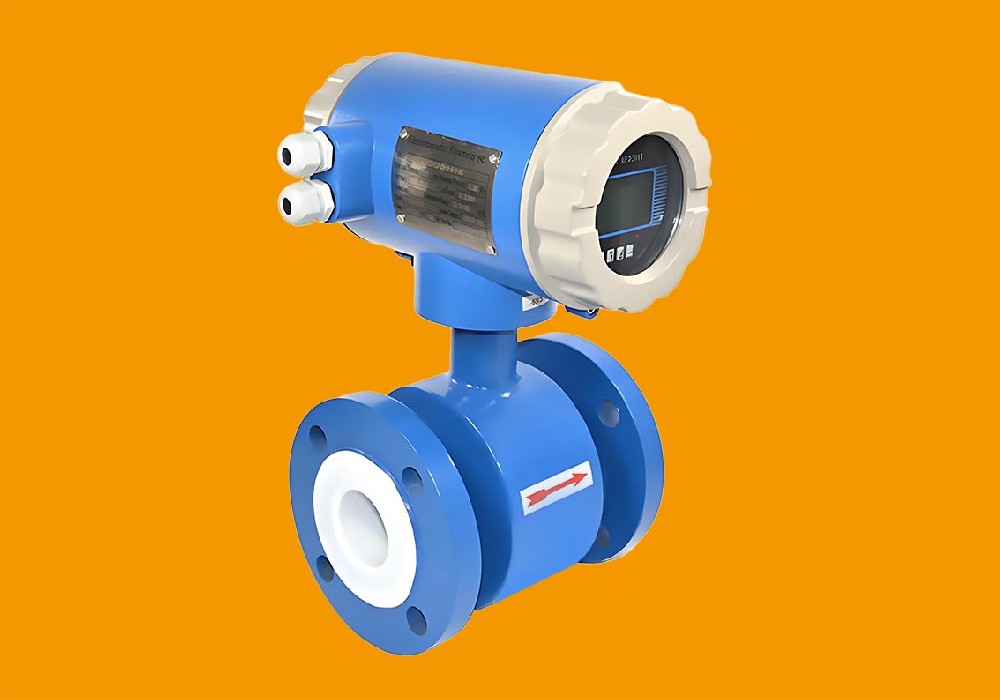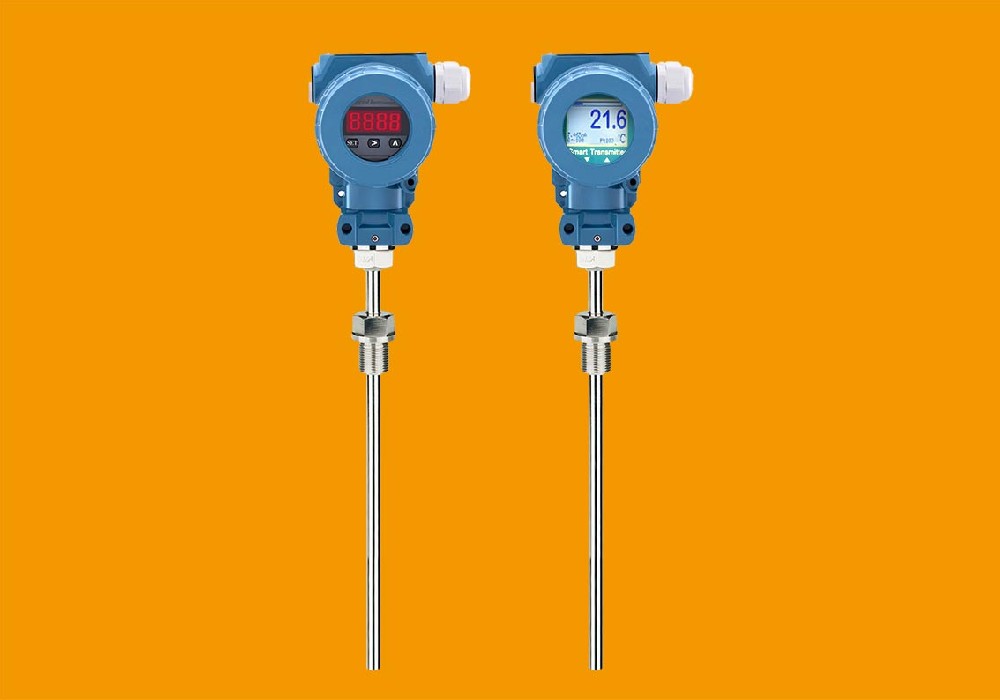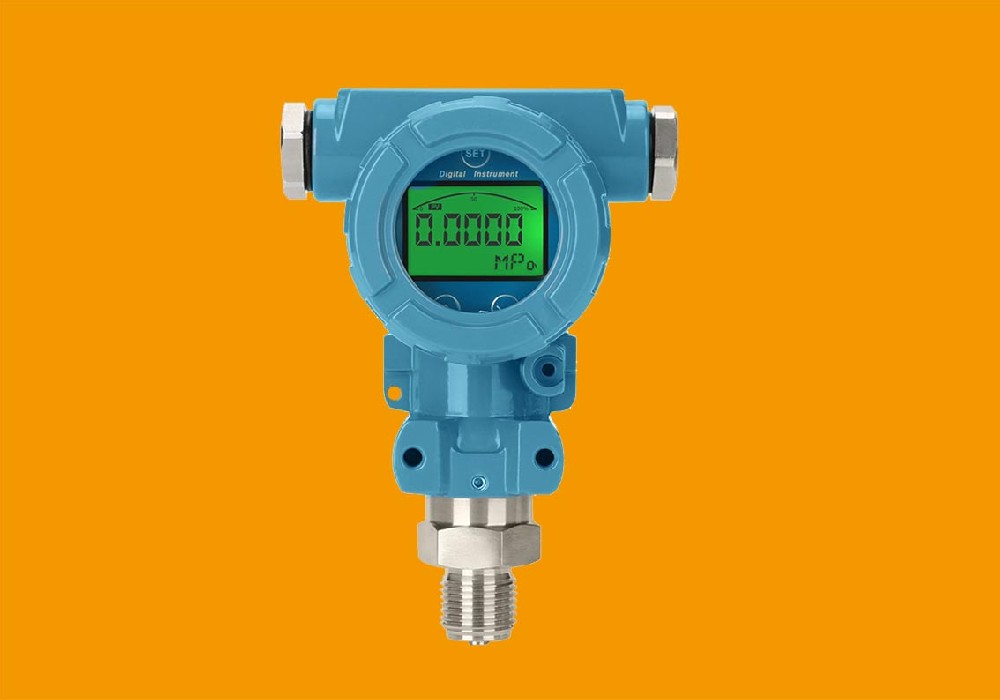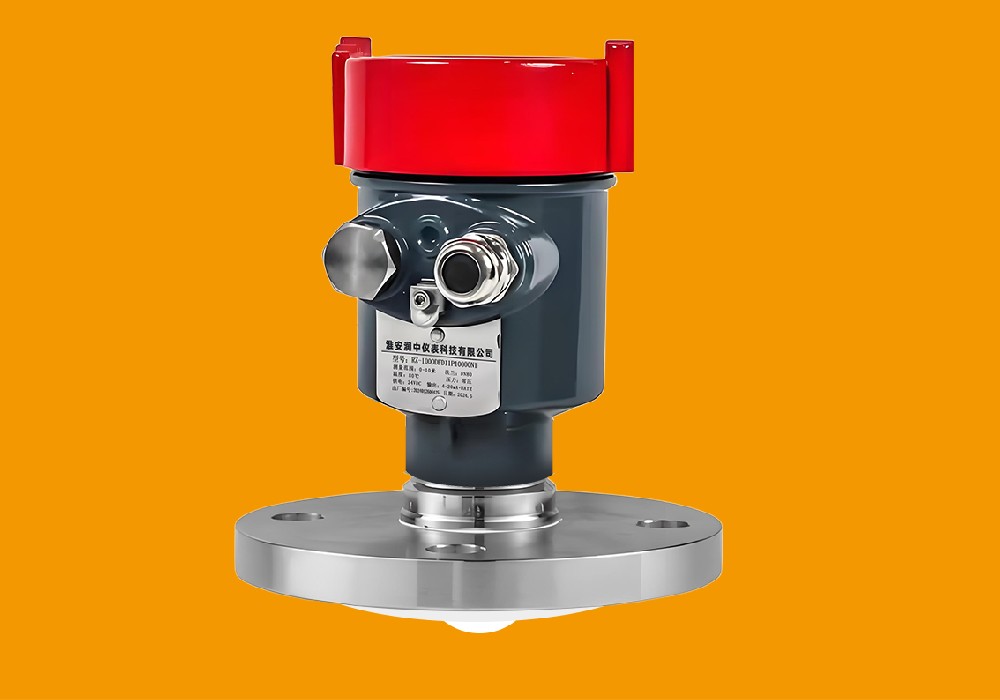In numerous fields such as industrial production and warehousing, accurate liquid level measurement is of utmost importance. Radar level gauges have become commonly used equipment for liquid level measurement due to their high precision, reliability, and adaptability. However, with a wide variety of radar level gauges available on the market, choosing the right type is crucial to ensure accurate measurement, stable equipment operation, and meet actual requirements. The following introduces how to select the appropriate type of radar level gauge from several key aspects.
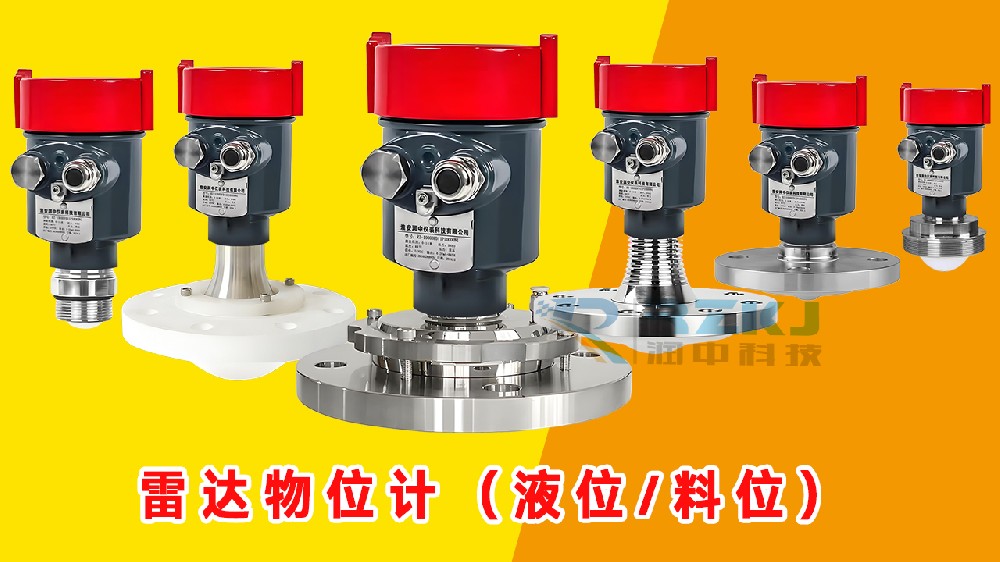
Dielectric Constant: The dielectric constant is one of the key factors in choosing a radar level gauge. The higher the dielectric constant, the stronger the radar wave reflection signal. For media with a dielectric constant greater than 10, such as most acid, alkali, and salt solutions, a conventional radar level gauge can be selected. For media with a dielectric constant between 2 - 10, like some organic solutions, it is recommended to choose a radar level gauge with higher sensitivity to ensure reliable reception of the reflected signal. If the dielectric constant is less than 2, such as liquefied natural gas, a specially designed radar level gauge is required to improve the detection ability of the reflected wave.
Corrosiveness: If the measured medium is corrosive, the radar level gauge must be made of compatible materials. For example, when measuring strong acids and alkalis, the contact parts of the radar level gauge should be made of corrosion - resistant materials such as Hastelloy, tantalum, or polytetrafluoroethylene to prevent equipment damage due to corrosion and ensure long - term stable operation.
Volatility and Toxicity: For media with high volatility or toxicity, the radar level gauge is required to have good sealing performance to prevent medium leakage from causing harm to the environment and personnel. Usually, a radar level gauge with a high sealing grade and compliant with relevant safety standards is selected.
Temperature and Pressure: The temperature and pressure range of the measurement environment directly affects the selection of the radar level gauge. In high - temperature environments, a high - temperature - resistant radar level gauge should be selected, and its electronic components and housing materials should be able to withstand the corresponding high temperature without affecting performance. For high - pressure environments, the radar level gauge must have sufficient pressure - resistance to ensure its structural integrity and accurate measurement under high pressure. For example, in the high - temperature and high - pressure tank liquid - level measurement in an oil refinery, a specially designed high - temperature and high - pressure - resistant radar level gauge is required.
Dust and Steam: In environments with high dust or steam content, dust and steam may affect the propagation and reflection of radar waves. In this case, a radar level gauge with a purging function or a special antenna design should be selected to reduce the interference of dust and steam on the measurement. For example, in the silo liquid - level measurement in a cement factory, due to the large amount of dust, a radar level gauge with a purging device can be selected. By regularly purging the antenna, the measurement accuracy can be maintained.
Installation Space: The size of the installation space determines the size and installation method of the radar level gauge. If the installation space is limited, a compact - sized and small - volume radar level gauge should be selected, and its installation angle and wiring requirements should be considered to ensure smooth installation without affecting the operation of surrounding equipment.
Accuracy Level: Different application scenarios have different requirements for measurement accuracy. For some occasions with extremely high requirements for liquid - level control accuracy, such as the liquid - level control of a chemical reaction kettle, a radar level gauge with a high accuracy level should be selected, and its accuracy can reach ±1mm or even higher. For general warehousing liquid - level measurement, the accuracy requirement is relatively lower, and a radar level gauge with an accuracy of about ±5mm can be selected to balance cost and measurement needs.
Repeatability: In addition to accuracy, repeatability is also an important indicator to measure the performance of a radar level gauge. A radar level gauge with good repeatability has a high consistency of measurement results when measured multiple times under the same conditions, which is particularly important for occasions that require long - term stable liquid - level monitoring. When selecting, check the parameter index of repeatability in the product manual. Generally, the repeatability should be less than ±0.1%FS (full scale).
Output Signal Type: Common output signals of radar level gauges include 4 - 20mA analog signals and digital signals (such as RS485, HART, etc.). If it is connected to a traditional analog control system, the 4 - 20mA analog signal is a common choice, as it can be easily compatible with existing equipment. In a highly digitalized system, the digital signal has more advantages. It has a long transmission distance, strong anti - interference ability, and can implement more functions, such as remote diagnosis and parameter setting.
Communication Interface Protocol: Ensure that the communication interface protocol of the radar level gauge is compatible with the host computer control system. For example, the Modbus protocol is a widely used communication protocol. If the host computer uses this protocol for data acquisition and control, a radar level gauge that supports the Modbus protocol should be selected to achieve fast and accurate data transmission and system integration.
Procurement Cost: The prices of different types and brands of radar level gauges vary significantly. When selecting, it is necessary to comprehensively compare the prices of various products under the premise of meeting the measurement requirements. At the same time, not only the initial procurement cost should be considered, but also the performance and service life of the product. Select a product with high cost - effectiveness.
Maintenance Cost: Choose a radar level gauge that is easy to maintain. Its structural design should facilitate disassembly, installation, and repair. In addition, understand the replacement cost and availability of vulnerable parts of the product, as well as the quality of the manufacturer's after - sales service to ensure that the equipment can be repaired quickly when a failure occurs, reducing maintenance costs and downtime.
In conclusion, selecting the appropriate type of radar level gauge requires a comprehensive consideration of multiple factors such as the characteristics of the measured medium, measurement environment conditions, measurement accuracy requirements, output signal and communication interface, as well as cost and maintenance. Only in this way can the most suitable radar level gauge for the actual application requirements be selected, providing accurate and reliable liquid - level measurement data for industrial production and warehousing management.







